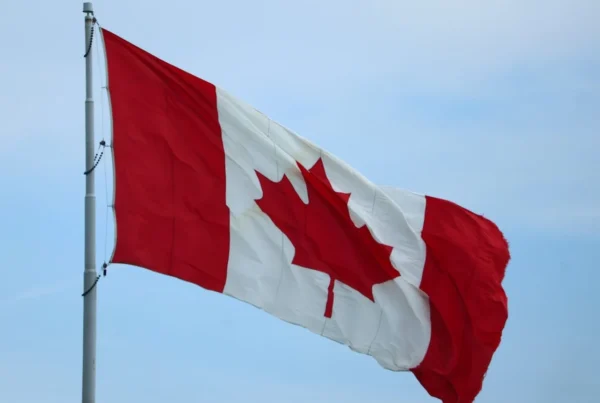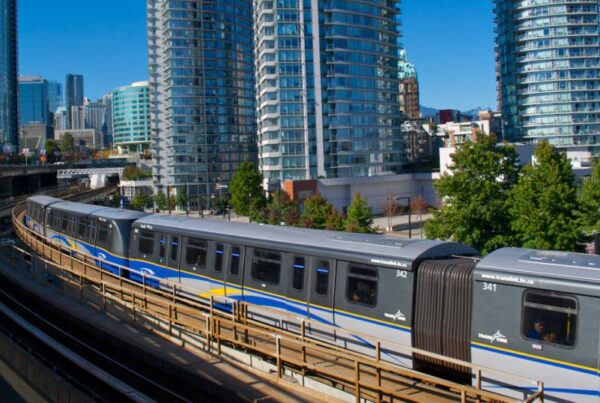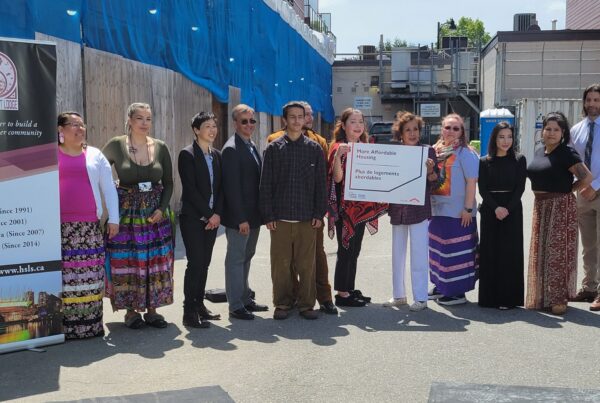The above image is of the 2023 Wildfires in Kamloops, BC
Carbon pricing is a way of getting Green House Gas (GHG) polluters to pay for the damage they do to the environment.
How does it work?
A tax is levied on the carbon emissions from producing goods and services. The point is to reduce GHG by increasing the price of fossil fuels. As of April 1, there will be an increase of 3.3 cents for a litre of gasoline.
How much do you get back?
8 out of 10 Canadians get more money back than they pay in fuel costs. The April 1 increase will result in an increase in refunds. Anyone over 19 who has filed taxes is eligible for carbon rebates.
In BC rebates are paid every three months on January, April, July, and October 5. In addition, the April rebate includes the GST/HST credit.
These rebates benefit low- and middle-income families the most and return a minimum of $150 annually per household than Canadians paid in taxes.
Federal vs Provincial… Who is in charge of carbon pricing?
Carbon pricing and rebates are not new to British Columbians. The provincial government first implemented carbon pricing in 2008. It has been so effective that the BC pricing is now the gold standard for how to implement GHG reduction.
In 2018 the federal government mandated that provinces either develop their own carbon pricing system or adopt the federal model. BC kept its own model.
The money Canadians pay goes back to them. The money companies pay goes towards building a more sustainable economy.
Provinces are responsible for distributing the federal rebates. From the total revenue, 10% goes directly to schools and hospitals while the remaining 90% is distributed as rebates. The revenue from carbon pricing on the industrial sector goes towards sustainable infrastructure development and to support general initiatives to reduce GHG emissions.
Carbon pricing worldwide
The European Union (EU) has had an Emissions Trading System (ETS) since 2005, implementing a fixed emissions cap for countries or industries.
Finland was the first country to introduce carbon pricing in 1990. Norway, Denmark and Sweden soon followed.
Forty-six countries now have carbon pricing policies to reduce GHG emissions.
What will happen if we remove carbon pricing as the Conservatives demand?
- Canadians will no longer get the rebate many low– and middle– income families depend on.
- Climate change will continue to devastate the planet.
- Increased costs to governments to remediate destruction to infrastructure by forest fires and floods and the loss to farmers of live-stock.
Where will the CPC find the money for remediation? In 2022 and 2023, it cost BC alone more than $1 billion in 2021 to recover from climate disasters. Will they increase general taxes or cut health, housing, and transit programs?
What is the cost of doing nothing?
It is important to also remember why climate policies are vital to our future. Last year, Canada reportedly had the most toxic air quality in the Americas due to the smoke from wildfires.
The November 2021 flood in B.C. forced more than 17,700 people to abandon their homes. Thousands of animals, crops, and
livestock died.
The 2023 wildfires burned more than 18.4 million hectares of land. BC ALONE lost 2.84 million hectares of forest and land, with 100+ wildfires, some burning through the winter because of our dry fall and warm winter.
- In 2023, BC faced an additional $2.5 billion in damages
- For 2024 it is estimated that BC will spend $1 billion in fire suppression
We have not yet estimated the cost to the health care system from increased asthma and other chronic respiratory illnesses. Overall, it is estimated it will cost BC more than $30 billion in the next 25 years if we do not reduce GHG emissions
BUMPER STICKER SLOGANS DON’T MAKE GOOD PUBLIC POLICY
ALL THEY DO IS TROLL FOR VOTES
You can view the Carbon Tax Mailer PDF here





